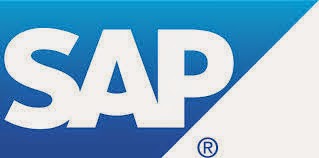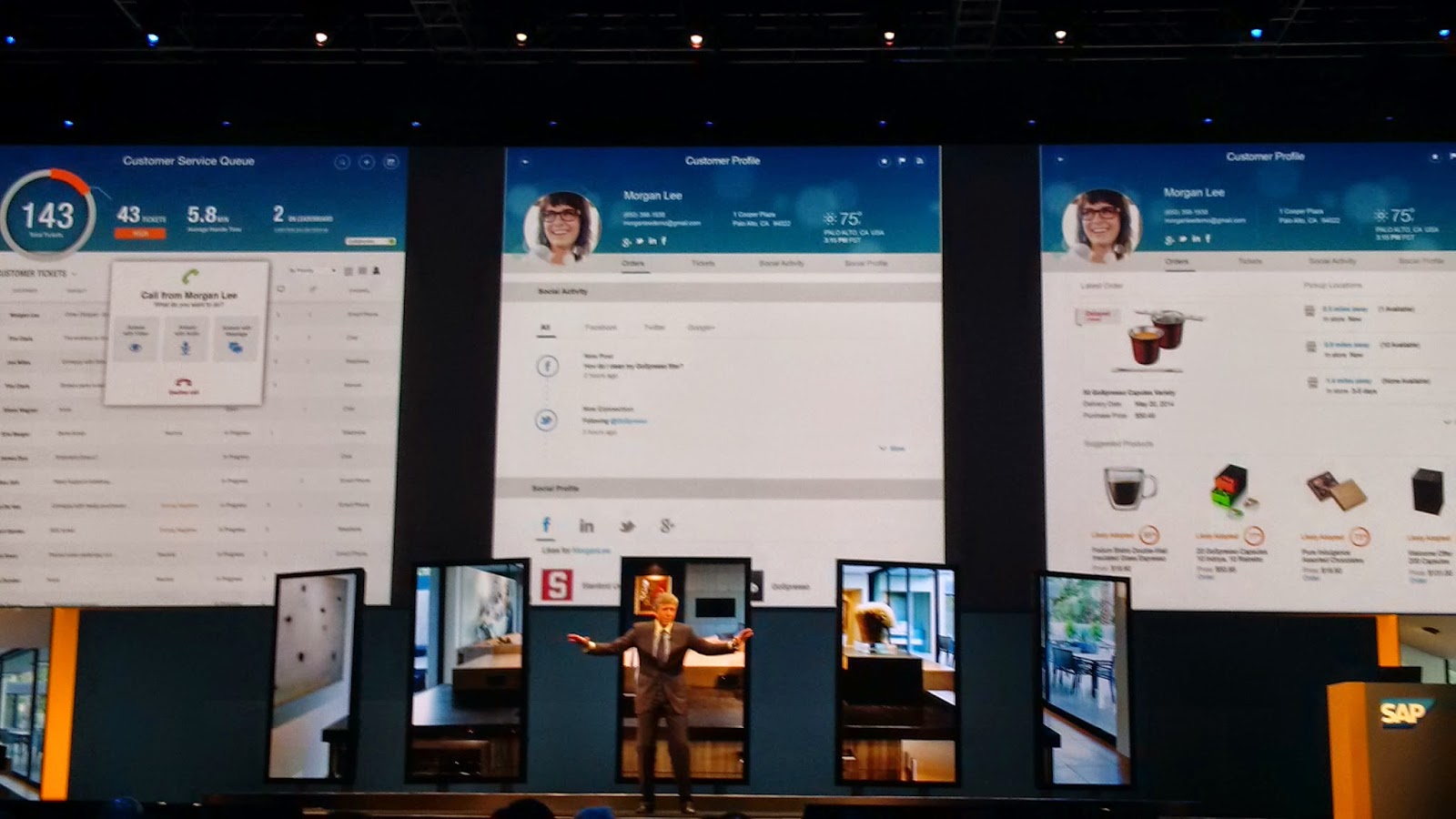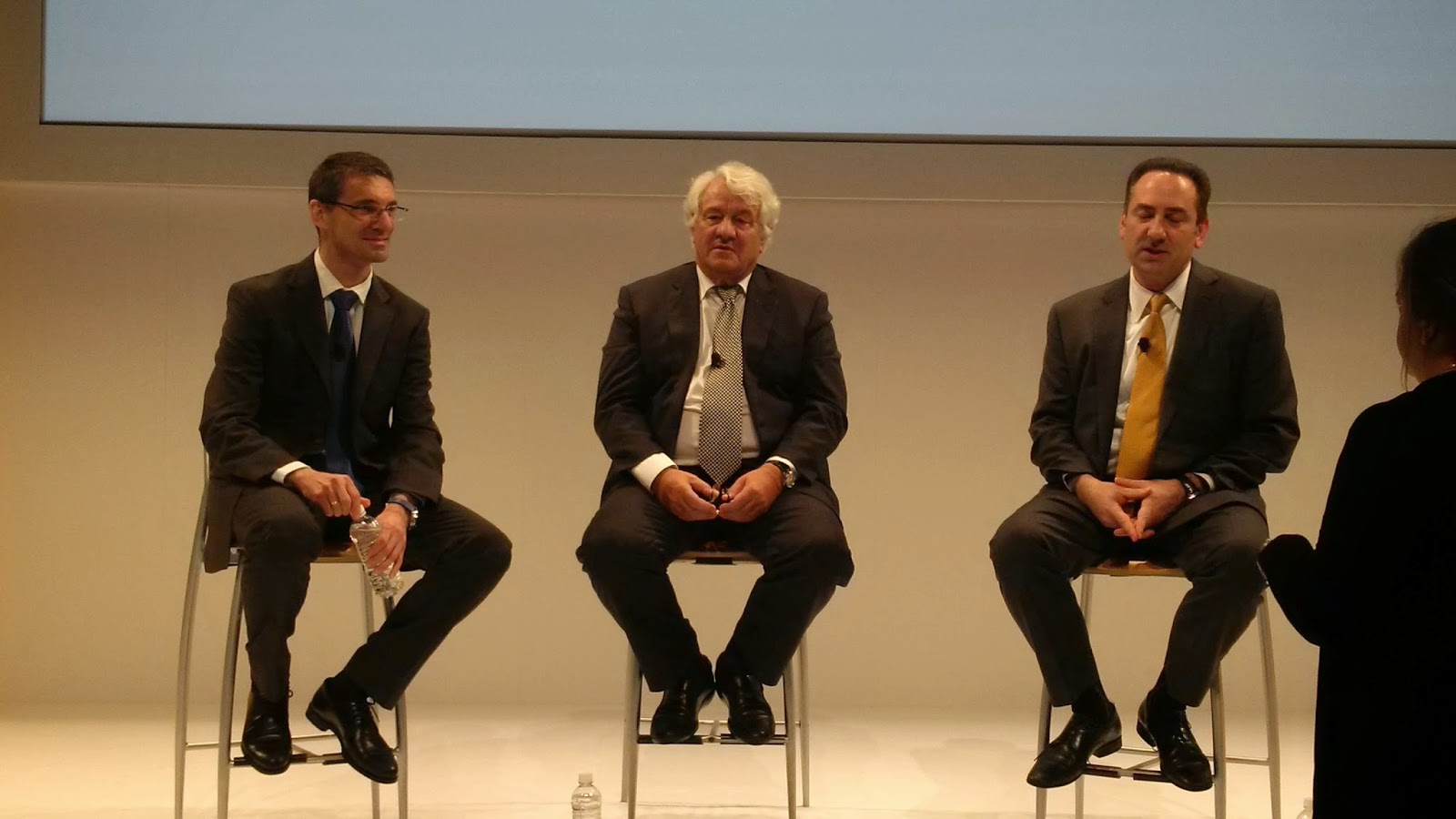We had the opportunity to participate at SAP’s SapphireNow conference in Orlando. The conference was well attended with significantly over 20k participants.
But first - the showfloor. Even 3 events later analysts and vendors still talk about it. No longer the traditional separation of keynote hall and food hall – but have all together, keynotes, food, show floor, briefing area, theaters etc. lead to a very good conference experience. Design aspects were clearly considered, colors were great and the keynote area was deliberately too small to hold all attendees, but with screens all over the hall everyone who wanted to follow the keynotes was able to follow them. And kudos to SAP also for making events open, e.g. the press conferences were in the public area, where general attendees could watch and listen in first hand.
SapphireNow showfloor |
Top 3 Positive Takeaways
It was hard to pick the top 3 – but for the sake of time here they are:
HANA is the platform, Suite on HANA is the application
About a year ago we found that HANA was technically there, the 2014 takeaway is that the Suite on HANA has certainly arrived, with abundant proof points of customers actively using the Suite in production. And references and proof points validate the customers move explicitly as their decision and with the SAP’s strategy around building more on HANA as well implicitly. SAP and its customers are now reaching the point where technology is no longer restricting the speed of their business, but thanks to HANA technological advances exceed human processing capabilities and with that current business practices. The validation point to look for – and we found it multiple times at different customers – is enterprises needing to take a pause and figure out how to conduct business going forward. This is a good place for SAP and customers to be – but SAP now needs to listen attentively and find the right practices to productize these new best practices in its next generation product. And as we know finding the right balance here is what the art of enterprise software applications is. Getting this formula right is the base of long term vendor and customer success.
Equally important is that SAP has delivered most (SAP claims all) of its vertical code in the different industry solutions. This is again an amazing engineering achievement, given the different levels of invasiveness of industry code into the suite. Never shy, SAP declared to have the first Industry Cloud – but in our view let’s get more customer proof points and some technical details, first - before we pop the champagne bottles open.
Leukert's "Diamond" with HANA at the core |
Simplified Financials
SAP presented its first larger next generation product with Simplified Financials. It was demoed by SAP CIO Helen Arnold, along with demos of Suite on HANA customers Conagra and John Deere. Later designated CFO Mucic was on stage talking about the benefits (SAP is live since late April) – and they are tangible. As aggregation can be run on the fly, drill downs from on-the-fly- aggregates can go down to the single records, business practices in Finance will change. It may have been too early even for SAP to talk about these – 5 weeks is a short time frame. Let’s hope we see and hear more on how best practices in Finance running on HANA (or other in memory databases) should look like. And the impacts and opportunities to rethink Finance are massive. But it's good to see SAP renovating (and innovating) at the core of ERP, in Finance.
Screenshot of Simplified Financials |
HANA Energizes SAP
It’s good to see how HANA is the power that energizes and galvanizes SAP. Not even four years ago Sapphire had a hint of inertia and statics on all sides – customers, partners and SAP employees. That is mostly gone now and it is good for the whole ecosystem – as well as the market. SAP now needs to keep the momentum going, and from our meetings with the go to market side with McDermott and Enslin there is little doubt that will happen.
It is also key to notice that SAP is doing the necessary steps to make the cloud DNA obsolete – in the direction that everything is cloud. Organization decisions like to have the Head of Product of SuccessFactors, Krakovsky run all of HCM development (including the ECC aka R/3 parts), have an executive from SuccessFactors run the HANA Enterprise Cloud (HEC) are good moves to propagate cloud DNA across SAP.
Top 3 Concerns
Cloud View
Not surprisingly, but now with validation and probing with Plattner and Leukert, SAP has a very database centric view of cloud computing. If you take a look at the key 3 computing resources, storage, networking and compute, storage is the least dynamic. While you need to scale network and compute load as needed, storage is not really scalable. Information just has to be there, and SAP decided with HANA to keep that information in memory. Consequently the view on code and compute is of a more static nature than other enterprise vendor’s view of cloud. If you have all your data in memory, a few double digit Gigabit of code are only a rounding error when sizing a (dedicated) HANA system for a customer. There are benefits with the dedication like security concerns, tangibility etc. but it is not the elastic cloud interpretation we see from SAP’s competitors. For them you do not ‘size’ a system – it’s all about not even being able to size the load. Take the showcase of Google Cloud with the British Royal Wedding last year, or the Azure showcase around the Sochi Olympics. Granted, these are not enterprise applications, but shouldn’t the load of enterprise applications be equally elastic? Especially when considering that no one knows the best practices for the digital economy and running an enterprise on in memory technology.
All this leads to SAP’s view that customers run dedicated systems in SAP’s HANA Enterprise Cloud. And SAP certainly has the deep pockets to keep costs attractive and competitive – but savvy customers and observers will remain concerned here.
But then – let’s not forget that a unique interpretation of technology gave SAP a leg up on its foes back in the 90ies. The SAPGUi client never knew the primary keys of records displayed, but was a display terminal server, very much a browser, contrary to the common client server definition of the client knowing the primary keys of data records displayed. The irony is, that this design uniqueness made R/3 2-3 times more scalable than mainstream client server architectures of the competition. The tragedy is that SAP never realized that it had a thin client solution with R/3 already – the ‘browser’ fit on a floppy disc. So SAP may take a unique path to cloud and may get rewarded for standing out – once more. Speaking with Yoda – Risky it remains.
The McDermott management team |
Renovating in flight
There are two fundamental ways to write new software - isolate the team and build the next generation (SAP tried with byDesign, sending teams even off to another location in St. Leon-Roth) or you trickle innovation in with the same product teams while they maintain previous versions. And you innovate step by step. Given the byDesign outcome – SAP is going down the latter path.
The good news is – this is pretty much the SaaS path. But SAP has its ECC releases to maintain – so it will be interesting how development under Leukert will be organized and be able to ship quality releases.
McDermott with Cloud for Service Applications |
Financial Prospects
With the popular move to make Fiori, Personas and even Simplified Finance free of charge to maintenance paying customers, SAP has certainly done the right thing to keep customers happy and additionally has delivered a proof point for the value of being a maintenance paying customer. The vendors competing on the 3rd party support market will not be able to deliver similar innovation – to be fair their customers may also not expect them to deliver anything similar.
The concern is that the move reduces the bulk of the future SAP revenue stream to the HANA database licenses and other technology licenses, like e.g. Lumira. That is certainly a viable path, but usually does not yield similar revenue growth potential than selling business applications. SAP certainly has not given up building business applications, .but given the breadth of its offering in regards of automating the enterprise, and it will have to work hard to explain to its customers why a new license for a new product is warranted. This and other explanations will be key for making the overall simplification message credible.
Leukert, Plattner and Becher in a Q&A Session |
With the team around Leukert being busy with simplification, aggregate busting and re-factoring, we should expect SAP not to be shy on the acquisition front, as major chunks of license revenue from applications will likely only come from acquired revenue in the next years.
MyPOV
Overall a good Sapphire for SAP. HANA is working, the Suite is on HANA, the Verticals are coming and making things simpler is a welcome message for CEOs trying to tame complexity… But doing things simply is complex in itself – as McDermott pointed out in his keynote. On the flipside SAP needs to explain to investors where the license revenue of the future will come from and tame the challenges of renovating its software in flight. If SAP’s dedicated system, database centric view of cloud, which is unique in the marketplace will be a pro or a con remains to be seen. SAP and its customers got away with a unique architecture last century once before and nobody really cared back then. If 201x is different than 199x – only the future can tell.
Have a disruptive technology implementation story? Get recognized for your leadership. Apply for the 2014 SuperNova Awards for leaders in disruptive technology.
Resources
Latest reports by Holger Mueller
How ARCA Re-Organized Sales and Put Revenue Growth into High Gear








